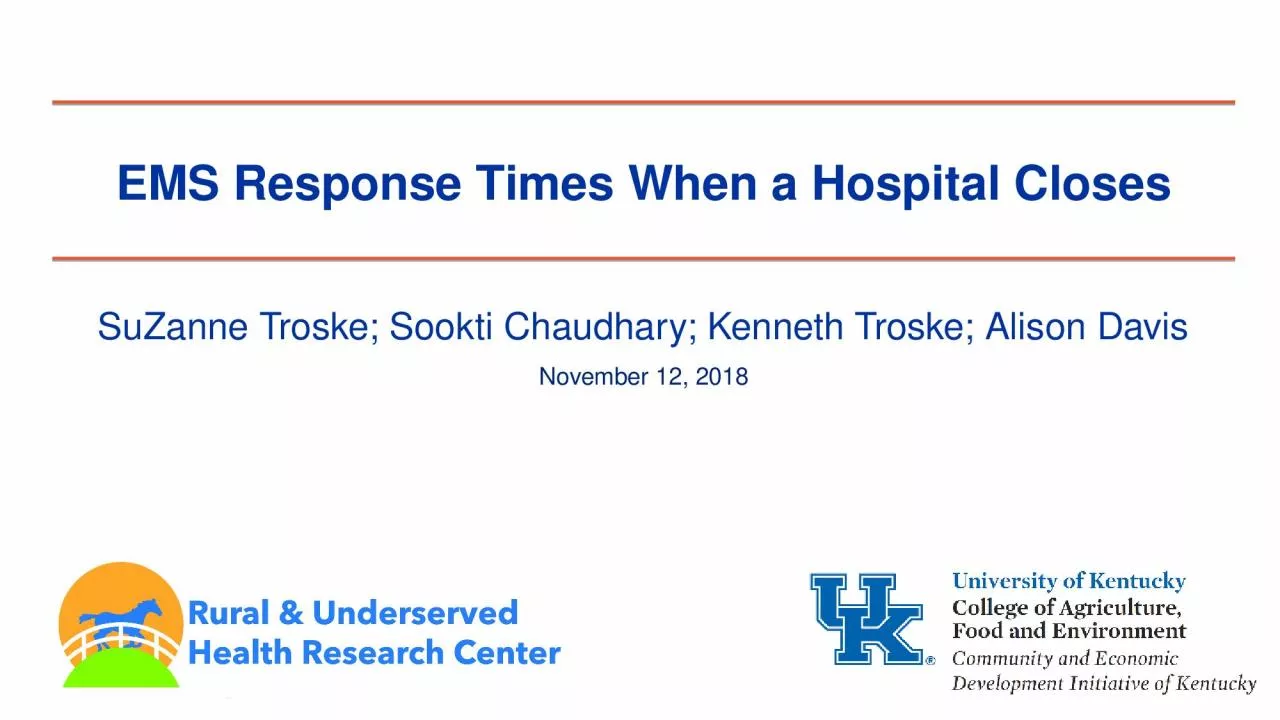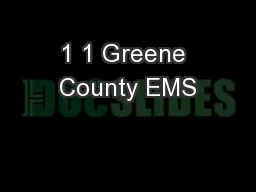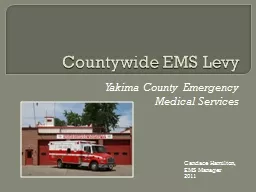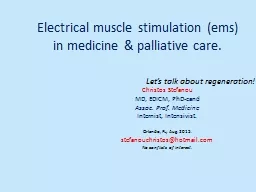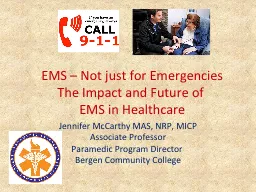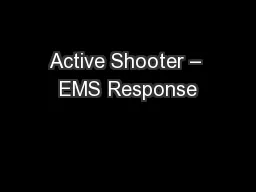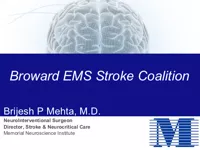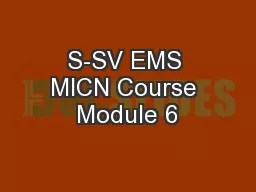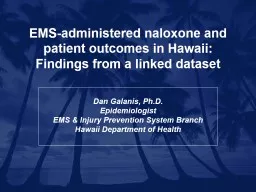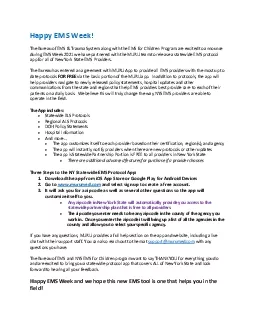PPT-EMS Response Times When a Hospital Closes
Author : caitlin | Published Date : 2024-02-02
SuZanne Troske Sookti Chaudhary Kenneth Troske Alison Davis November 12 2018 Research Question When a hospital closes in a community what are the shortrun changes
Presentation Embed Code
Download Presentation
Download Presentation The PPT/PDF document "EMS Response Times When a Hospital Close..." is the property of its rightful owner. Permission is granted to download and print the materials on this website for personal, non-commercial use only, and to display it on your personal computer provided you do not modify the materials and that you retain all copyright notices contained in the materials. By downloading content from our website, you accept the terms of this agreement.
EMS Response Times When a Hospital Closes: Transcript
Download Rules Of Document
"EMS Response Times When a Hospital Closes"The content belongs to its owner. You may download and print it for personal use, without modification, and keep all copyright notices. By downloading, you agree to these terms.
Related Documents

